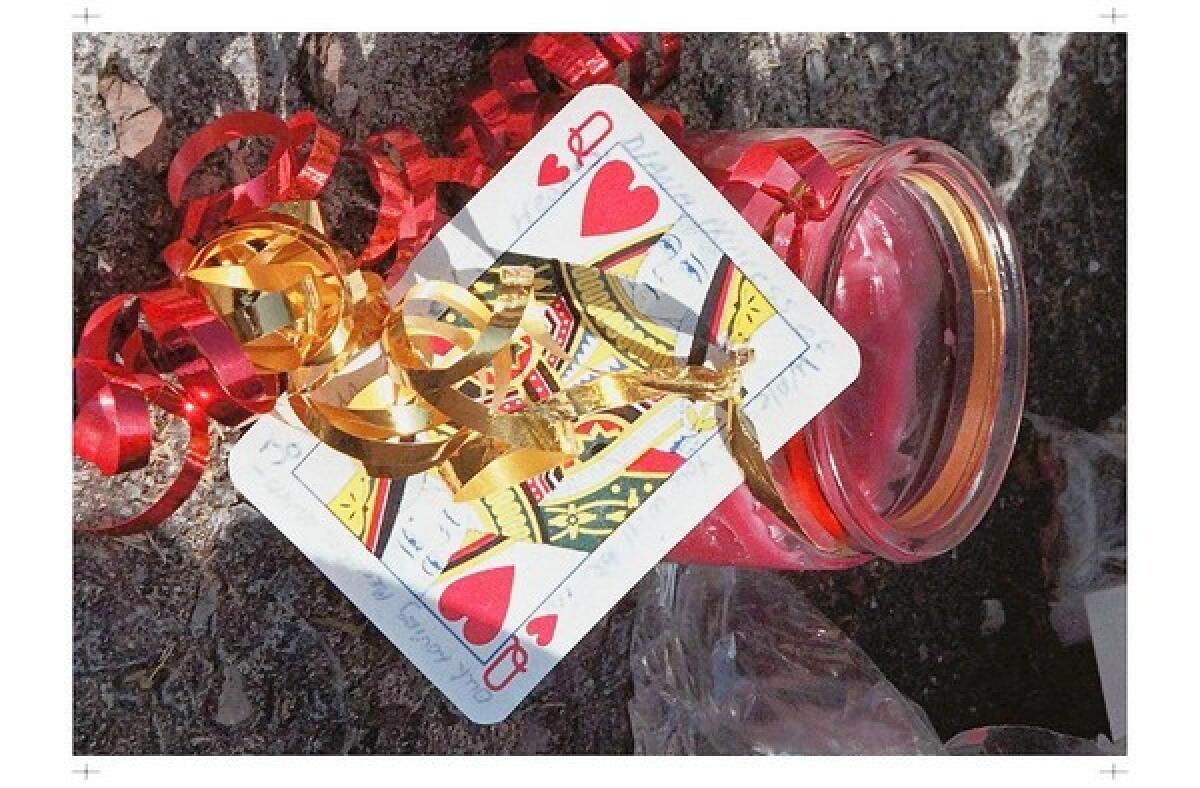Book review: ‘Untold Story’ by Monica Ali

- Share via
Untold Story
A Novel
Monica Ali
Scribner: 259 pp., $25
Fairy tales are the Euclidian geometry of fiction. Reading them — and having them read to us — are the moments when we first divide reality. We teach our imagination to leap, hit the ground and keep on running. We willingly take that leap — children, adults and everyone between carrying that tiny grain of disbelief in the “real” world of facts and plunge instead into a world of fables.
So Monica Ali’s “Untold Story,” a novel of “what if,” will come as no surprise. It is based on the idea that Princess Diana staged her own death and ran away, most painfully from her two boys, to create another life. One wonders, why didn’t someone write this novel sooner? After all, few of us believed the car crash in the Paris tunnel in 1997 that killed the princess was a simple story. Many of us disbelieved at least some of the facts, beginning with the princess is dead and ending with the explanation that it was an accident.
When she appears in Ali’s novel—in the little American town of Kensington, working at the Kensington Canine Sanctuary, living alone in a pretty house with a pool (the real Diana was a swimmer), with a few friends and a regular suburban life—we do not have to leap too far to believe. The middle-American town, like so many, is sprinkled with British names: Kensington, Albert Street, Victoria Street. The princess calls herself Lydia Snaresbrook, a name that her co-conspirator, Lawrence Standing (her private secretary in the old life), found for her.
“Untold Story” begins 10 years after the accident, in 2007, though in Ali’s telling the princess chose death by drowning, perhaps a shark attack, off Brazil where she was vacationing with her lover. Lydia has a new lover; he is not a sheik, not a bodyguard, not a tennis pro, no, he is a kind, patient, simple man, a claims adjuster for an insurance company, and he knows nothing of Lydia’s past.
Some chapters are told by the omniscient narrator, cleaving to Lydia’s thoughts as they wander back to her old life, to her children, and through the precarious present tense. Some are gleaned from Standing’s journal entries from 1997-98. After the “death,” Standing, who had arranged everything at the princess’ urging, rowed her to shore, hid her for a few months, found a plastic surgeon and made sure she was safe in the U.S. before he died of a brain tumor. His devotion includes adoration, real love and everlasting duty, and his perspective helps to explain the chain of events that brought Lydia to Kensington.
There is a third perspective in the novel: Grabowski, a photographer from England, one of the paparazzi, who hunted the princess, some say to her death. Grabowski is old school; he has limits. When he turns up, quite by accident, in a boardinghouse in Kensington and is asked what he might be doing in these parts, he tells his interlocutors that he is putting together a Robert Frank-style book on small American towns.
Which is true in the most half-hearted sense until Grabowski meets Lydia. It’s the eyes that give her away, after changing her hair, her voice, her nose, it is the shape and coloring of her iris that Grabowski recognizes. And so the hunt begins again. Grabowski wants to be sure — to cover every angle and to have the story: “Shock Waves Felt Around the World … Princess ‘Discovered’ in U.S. Backwater … Risen From the Dead.”
Ali’s great strength in her previous novels, “In the Kitchen” and “Brick Lane,” and also in “Untold Story,” is the way she circles her characters, using various perspectives to strip them down to their core fears, hopes and motivations. In “Brick Lane” (a runaway bestseller that was made into a movie in 2007), the central character was a young Bangladeshi woman named Nazneen; “In the Kitchen” had a middle-aged chef named Gabriel Lightfoot. (A third work of fiction, “Alentejo Blue” was a book of joined stories.) In all of her books the reader is lulled and shocked, lulled and shocked, as new information is made available. No matter how mundane the setting, her stories are never predictable. She is, at heart, and like so many writers of fairy tales (complete with monsters, predators and evil in every guise), a true thriller writer.
“Untold Story” quickens as the circle closes around Lydia. Ali has re-created an already sympathetic character: a good mother, a confused and fragile young woman addicted to excitement, betrayed by everyone around her, uncertain whom to trust, a victim of her painfully low self-esteem. Grabowski is predatory; Lawrence avuncular. As the story becomes more and more of a thriller, Ali, to her credit, holds her cards so tightly that the reader has a hard time knowing how the story will end.
Of course, the beauty of the story was that it had no end. Speculation and imagination require similar skills and similar timelines. Diana’s death was a story that didn’t end, it simply faded to black, as they say in the movies.
Ali allows her princess to do the same.
Salter Reynolds is a Los Angeles writer.
More to Read
Sign up for our Book Club newsletter
Get the latest news, events and more from the Los Angeles Times Book Club, and help us get L.A. reading and talking.
You may occasionally receive promotional content from the Los Angeles Times.








